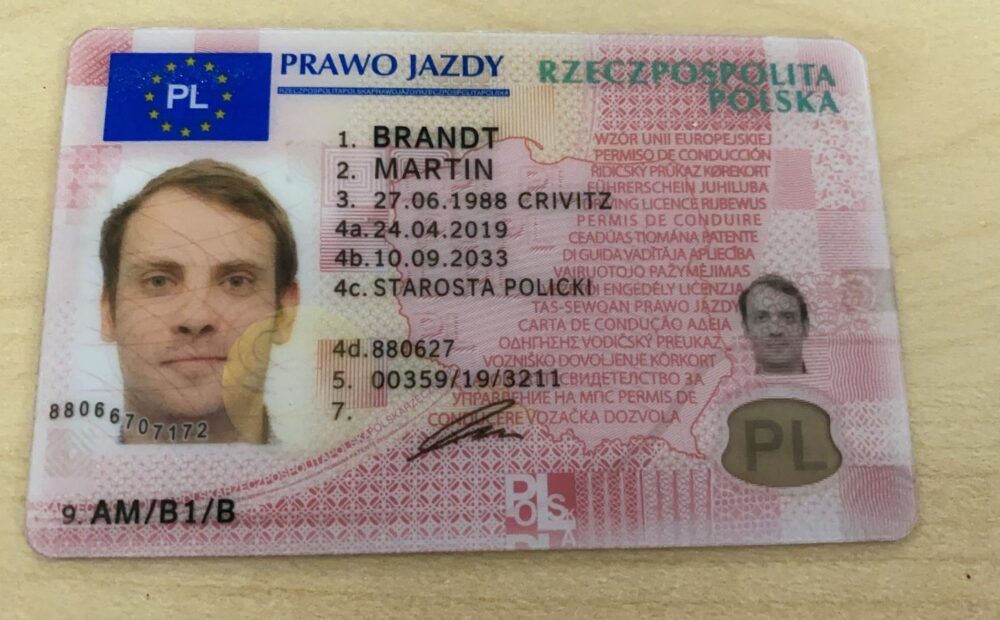The Evolution of Driving License Storage: A Comprehensive Guide
In the ever-evolving landscape of innovation and administration, the way we manage and save our driving licenses has undergone substantial modifications. From standard paper cards to digital formats, the journey of driving license storage reflects wider trends in identity management and security. This post looks into the history, current practices, and future potential customers of driving license storage, providing a detailed summary for both people and policymakers.
A Brief History of Driving Licenses
The concept of a driving license go back to the early 20th century when cars started to gain appeal. At first, driving licenses were simple papers or metal plates issued by local authorities. These early licenses were frequently handwritten and lacked the security features we consider given today.
As the variety of cars on the roadway increased, so did the requirement for more standardized and safe and secure licensing systems. By the mid-20th century, lots of countries had adopted plastic cards with printed details and basic security functions such as holograms and watermarks. These cards were more long lasting and more difficult to forge, however they still had restrictions.
Existing Practices in Driving License Storage
Today, driving licenses are generally kept in a combination of physical and digital formats. Here's a closer look at the present practices:
Physical Licenses
- Plastic Cards: Most nations issue driving licenses in the kind of plastic cards. These cards are durable and consist of a range of security functions to avoid counterfeiting.
- Holograms and Microprinting: Modern licenses often integrate holograms and microprinting, which are hard to duplicate without customized equipment.
- Barcodes and QR Codes: Many licenses now consist of barcodes or QR codes that can be scanned to confirm the credibility of the file and access additional details.
Digital Licenses
- Mobile Apps: Some countries have actually introduced digital driving licenses that can be kept on mobile phones. These apps offer a safe and secure and hassle-free method to carry and present a driving license.
- Blockchain Technology: Blockchain is being checked out as a method to produce tamper-proof digital driving licenses. This innovation guarantees that the info is immutable and can be confirmed without the need for a central authority.
- Cloud Storage: Some jurisdictions are explore cloud-based systems where driving license details is saved and accessed through safe and secure online portals.
Benefits and Challenges of Modern Driving License Storage
The transition to contemporary driving license storage techniques brings numerous benefits and difficulties:
Benefits:
- Convenience: Digital licenses can be easily accessed and presented using a smartphone, removing the need to bring a physical card.
- Security: Advanced security functions and digital verification methods make it harder to forge or modify driving licenses.
- Performance: Digital systems can improve the procedure of releasing and renewing licenses, decreasing administrative problems and wait times.
Difficulties:
- Digital Divide: Not everybody has access to a smartphone or the internet, which can create variations in who can take advantage of digital licenses.
- Personal privacy Concerns: Storing individual information in digital formats raises concerns about information privacy and security.
- Technical Issues: Digital systems can be susceptible to technical failures, such as server interruptions or app crashes, which can render a digital license temporarily unusable.
Future Prospects
The future of driving license storage is most likely to be formed by ongoing technological improvements and altering societal needs. Here are some potential advancements:
- Biometric Integration: Biometric information, such as finger prints or facial recognition, could be integrated into driving licenses to enhance security and personal identification.
- Smart Contracts: Blockchain-based smart agreements could automate the process of license renewal and validation, making it more effective and transparent.
- International Standardization: As more nations adopt digital driving licenses, there may be a push for global standards to ensure interoperability and mutual recognition.
FAQs
Q: What are the primary security features of modern driving licenses?
- A: Modern driving licenses often consist of holograms, microprinting, barcodes, and QR codes. These features make it challenging to forge or modify the license.
Q: Can I utilize a digital driving license rather of a physical one?
- A: It depends upon the jurisdiction. Some countries allow digital licenses to be utilized in place of physical ones, while others require both. Constantly inspect local policies.
Q: What should I do if I lose my driving license?
- A: If you lose your driving license, you must report it to the appropriate authority right away. They will guide you through the procedure of getting a replacement.
Q: Are digital driving licenses secure?
- A: Digital driving licenses are typically safe, however they are not immune to technical concerns or hacking. A lot of jurisdictions use encryption and other security measures to safeguard the information.
Q: How can I secure my personal privacy with a digital driving license?
- A: To protect your personal privacy, use strong passwords, make it possible for two-factor authentication, and be mindful about sharing your digital license information. Additionally, stay notified about the information personal privacy policies of the app or service you use.
The evolution of driving license storage is a testimony to the ongoing improvements in technology and administration. While physical licenses stay a common kind of identification, the increase of digital licenses uses new levels of benefit and security. As prawo jazdy szybko Karta Xpress Poland continues to advance, the future of driving license storage is likely to become a lot more integrated and effective, benefiting both individuals and society as a whole.

